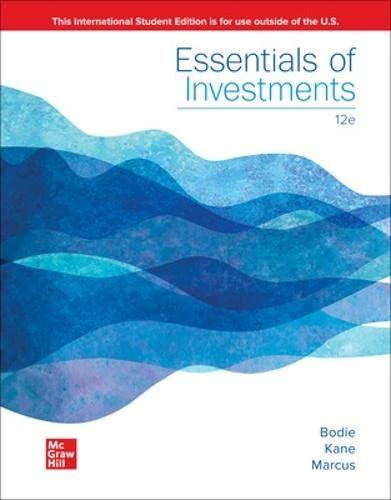Question
Q3. Organizing and presenting the cost data. (Adapted from Belli et al., 2001) You may organize cost data in various ways depending on the type
Q3. Organizing and presenting the cost data. (Adapted from Belli et al., 2001) You may organize cost data in various ways depending on the type of analysis performed. Suppose we are interested not only in project costs, but also in their distribution among stakeholders. Analysts would use project costs to assess overall project viability, and cost distribution to look at the projects attractiveness to various groups.
The table below presents a hypothetical project involving the establishment of a training program for 100 trainees. Column one identifies the various categories of project inputs; column two shows the total value of each input from the countrys point of view; and columns three through six show the various stakeholders and their contribution a Private Firm, Students and their Families and a sponsoring NGO.
a. Interpret the figures in the following rows carefully to a lay person: i. Row (2): Rental of Equipment; ii. Row (9): Staff Training; iii. Row (10) Client time (forgone income); iv. Row (13): Other cash Transfers [2 marks each] b. i) Complete Row (11) Compute Total recurrent cost for each stakeholder; ii) What proportion of recurrent costs are the various stakeholder bearing? iii) What are the total economic costs of this project in the first year? iv) What proportion of Net Costs is borne by the stakeholder who is bearing the least cost? [2 marks each] NB. Make clear any assumptions that you make
Table 1: Estimated costs for an Educational Project
| ||||||||||||||||||||||||||||||||||||||||||||||||||||||||||||||||||||||||||||||||||||||||||||||||||||||||||||||||||||||
Q3c.
i) Describe briefly your favourite [risky] project (not more than two sentences). List 10 sources of risk that this project faces. Classify these risks as systematic or unsystematic. [5]
ii) Describe the four steps of a risk management programme. Which steps are referred to as risk analysis steps? Which ones are referred to as constituting risk management steps? [4]
Step by Step Solution
There are 3 Steps involved in it
Step: 1

Get Instant Access to Expert-Tailored Solutions
See step-by-step solutions with expert insights and AI powered tools for academic success
Step: 2

Step: 3

Ace Your Homework with AI
Get the answers you need in no time with our AI-driven, step-by-step assistance
Get Started


